14 Best Exercises To Increase Your Stamina

When it comes to sculpting a better, healthier body, many individuals immediately gravitate toward improving body fat and muscle. These aspects are certainly important, but there's another part of fitness that's often overlooked—yet just as crucial to work on. Whether you're involved in sports or active hobbies, enjoy hitting the gym, or simply want to boost your energy throughout the day, stamina is essential. Stamina—aka "conditioning"—is your ability to complete intense physical activity over a certain amount of time. Individuals who lack stamina may be fine doing an exercise for a couple of minutes, then they quickly fade out. People who have great stamina, however, can go all day long. To help you feel more energized, we've rounded up some of the best exercises to increase stamina.
Read on to learn some of the best-recommended exercises to build incredible stamina and improve your physical fitness. And when you're finished reading, be sure to check out People Swear by the '12-3-30' Workout for Weight Loss: 'I Lost 30 Pounds in 10 Weeks'.
Steady-State Cardio
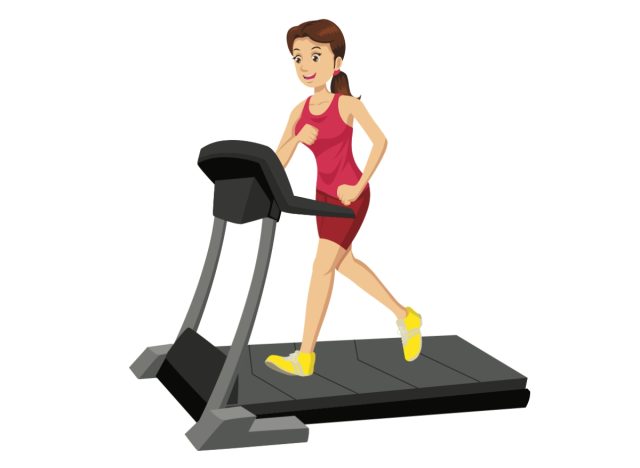
This list of exercises to increase stamina starts with steady-state cardio. Long-duration endurance training is the most foundational way to build conditioning, regardless of your sport or hobby. It improves your aerobic system, which supplies energy during low-intensity exercise and helps you recover during high-intensity activity. According to the American Heart Association, performing endurance activity also ensures your circulatory system, lungs, and heart stay in good health.
To do this form of exercise correctly, target a heart rate between 135 to 150 bpm for 30 to 60 minutes several times a week. The methods don't matter as much, so feel free to jog, bike, jump rope, or even do a circuit of mobility exercises.
Goblet Squats
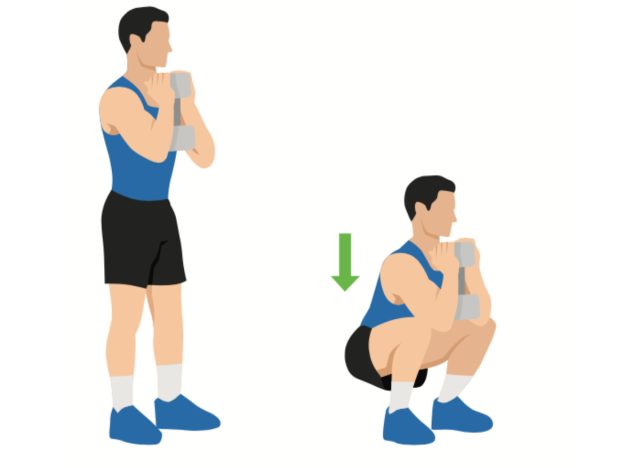
For virtually every sport, stamina comes down to your lower-body endurance. To create bulletproof and resilient legs, you need to build muscle—not just rely on cardio. That's where goblet squats come in. They blast your legs, and because you're carrying the weight, you're also doing isometric work for your upper body so you can build stamina there, too.
Grab the end of one dumbbell in both hands, and hold it by your chest with your elbows underneath. Stand shoulder-width apart with your toes slightly out. Start the movement by sitting backward and spreading your knees apart. Descend below parallel while keeping your lower back flat. At the bottom, drive through your heels, and keep your knees apart. Do 10 to 15 reps for at least three sets. Slowly descend for two seconds and rise for two seconds.
Slide Board Mountain Climbers
To build high-intensity stamina, mountain climbers are unbeatable. They push your heart rate to the max and get your legs working like crazy. Also, because you'll be in the pushup position, you're building endurance there, which doesn't hurt.
Place both feet on a slide board or separate sliding discs. Get into a pushup position. Keep your core tight, and run as fast as you can on the slide board while keeping your head up and your hips low. Do this for 20 seconds, rest for 40 seconds, and repeat.
Farmer's Carry
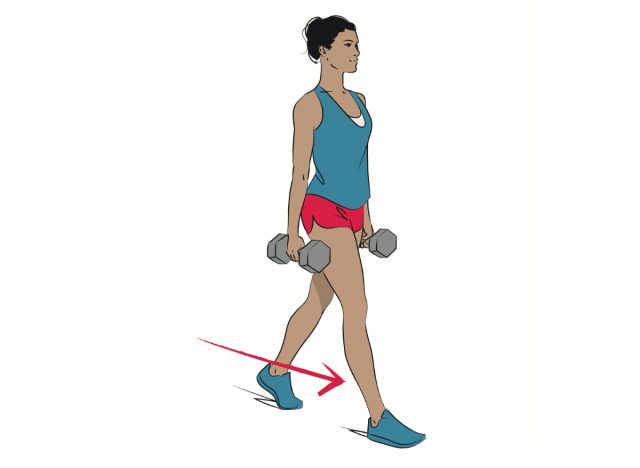
Typically, "gym strength" only lasts several seconds, which is the length of a set. But then there's "farmer strength," which refers to the ability to do heavy work all day long. (Now that's real stamina!)
To build that type of all-day strength, look no further than the aptly named farmer's carry. It builds endurance in your entire body, increases your grip strength, and improves your cardiovascular system.
Grab a heavy dumbbell in both hands, keep your chest up and shoulder blades squeezed, and walk for 30 yards. Rest and repeat.
Walking
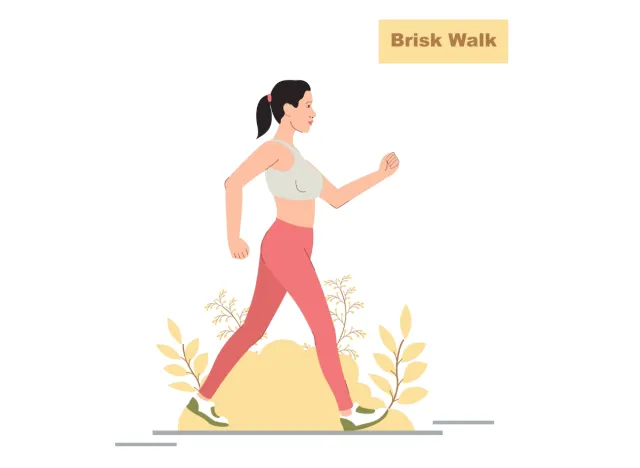
Walking is, without a doubt, the easiest exercise to build your stamina and endurance. Walking every day improves your overall health, recovery, and aerobic fitness, which can indirectly boost your strength. To get more benefits, don't just go for a lazy stroll—walk with pace and speed. You can even wear a weighted vest for extra intensity and strength benefits.
Bear Crawls
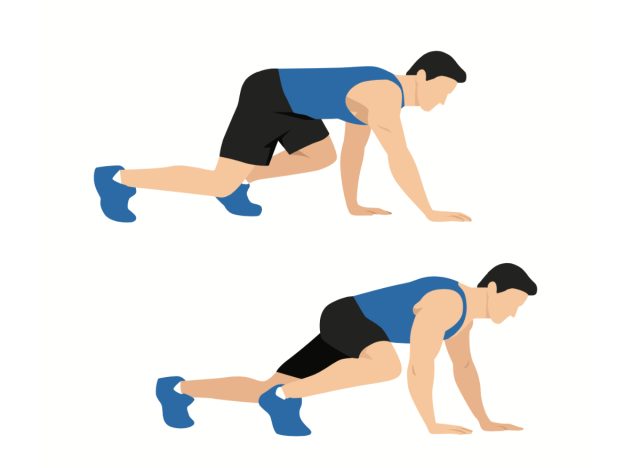
Crawls can improve strength and endurance throughout your entire body while boosting your conditioning and coordination. This exercise is also super low-impact.
Get on all fours with your hands under your shoulders and your knees under your hips; keep your knees an inch above the ground. Crawl forward by taking a small step with your right arm and left leg at the same time and alternate. Keep your hips low and your head up.
Kettlebell Swings
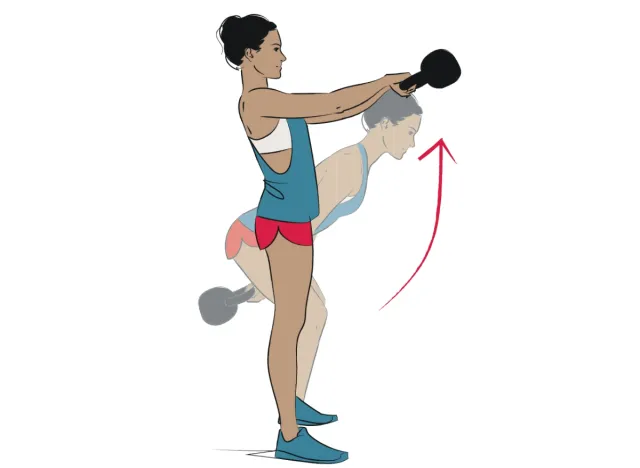
Next up on this list of exercises to increase stamina is the kettlebell swing. With kettlebells, you can pull, push, twist, and swing them like no other tool so you can boost your stamina, increase your strength and power, and get incredibly fit. But the biggest mistake—besides calling it a kettle "ball"—is using bad technique.
Start in a deadlift position with the kettlebell a few feet in front of you. Then, hike the kettlebell back between your legs like a center in football, and explosively drive your hips forward. Imagine propelling the kettlebell to a target in front of you. Keep your arms relaxed. Don't allow the kettlebell to go above the height of your shoulders.
Sled Pushes
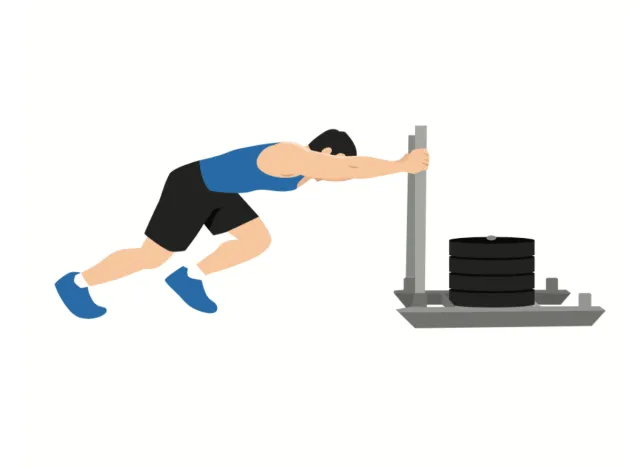
Sled pushes are incredible for endurance. It's kind of like walking or jogging against resistance; it builds serious strength endurance and explosiveness in your body—especially in your lower half.
If your gym has a sled and turf, start with light weights, and slowly work your way up. If you don't have a sled, use a treadmill. While the machine is off, grab the handles, and start "marching" by pushing the belt backward.
Battle Ropes
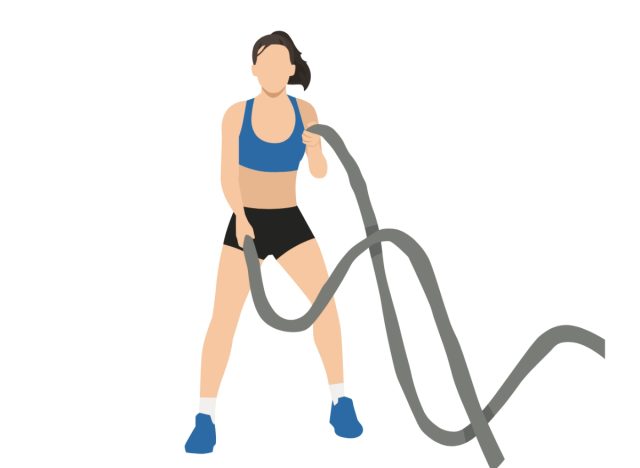
While most conditioning exercises target your lower body, battle ropes make sure your upper body joins the party. They give you resistance as you work your arms and torso, and they come in all types of lengths and weights for whatever your situation. You can do them for longer durations, or turn them into an interval workout where you crank up your heart rate and then rest.
Dumbbell Walking Lunges
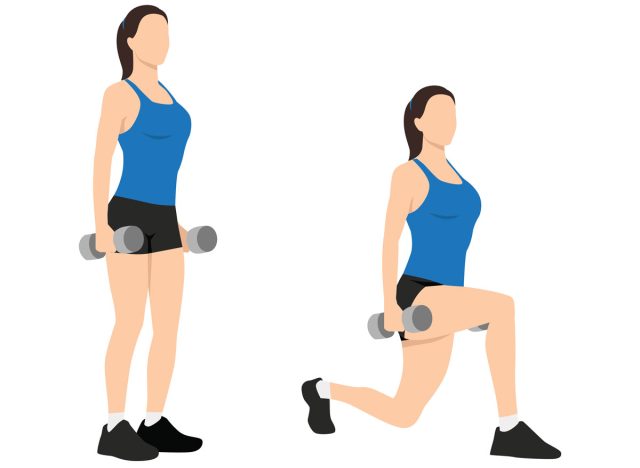
The dumbbell walking lunge begins with you holding a dumbbell in each hand. Bring one leg forward, and firmly plant that foot on the floor. Then, lower your body into a lunge, while using control, until your back knee lightly graces the floor. Then, walk forward with the other leg, and repeat. Complete 12 to 15 reps for each leg.
Bodyweight Rows
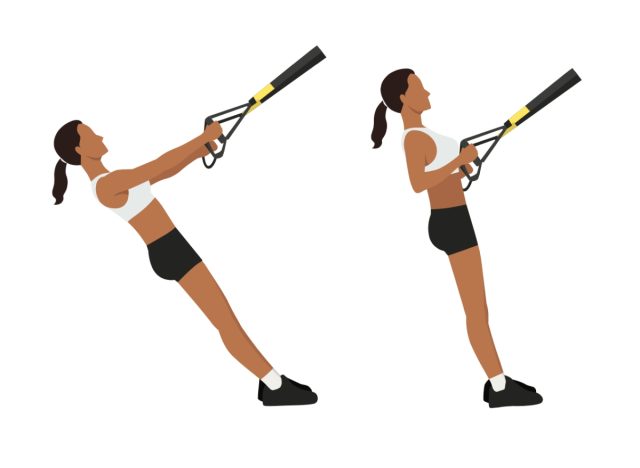
For bodyweight rows, work with the equipment that's most convenient and available to you, whether it's a TRX/suspension strap, bar, or rings. If you opt for a strap, position your hands in a neutral grip with your palms facing each other. If you're working with a bar, use a pronated (overhand) or supinated (underhand) grip.
Bring both feet forward, and lean back a bit to at least 45 degrees. Keep your hips high and your core muscles activated as you pull your body in. Do so by driving with your elbows toward your hips. Squeeze your upper back and lats to finish the motion, then completely straighten your arms to get a solid stretch in your shoulder blades. Complete 15 to 20 reps.
Rower Intervals
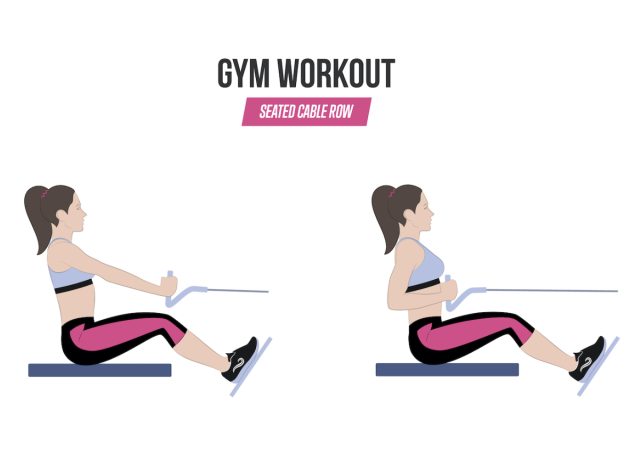
If you want to give your stamina a boost, rower intervals are a stellar exercise to add to your fitness routine. If you're a beginner when it comes to interval training, start with shorter sprints. This would be five sets of 200 meters, then resting twice as long as you took to finish in between. Try to maintain the same pace for each set. If you're more conditioned, you can complete four sets of 250 meters or five sets of 300 meters.
Jump Rope
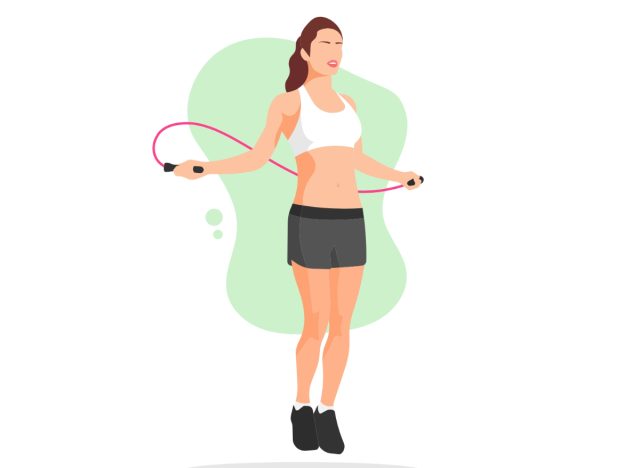
Jumping rope is great because you can do it anywhere for a brilliant workout. It upgrades your stamina, yet it's surprisingly low-impact because it forces you to have good posture and land on the balls of your feet correctly. The moment you lose correct posture or technique, the rope will automatically stop!
Grab a jump rope, and do 10 total minutes while taking necessary breaks in between. As you improve, you can increase the duration and speed or try harder variations.
Swimming

This list of exercises to increase stamina wraps up with swimming. Swimming is a fantastic, low-impact exercise that builds tremendous strength, power, and conditioning. There's no pounding on your joints since you're weightless in water and it even trains your breathing because you have to time your breath as you swim.
I recommend going at an easy pace for 20 to 30 minutes, two to three times per week. As you improve your technique, you can increase your speed and even try intervals.









